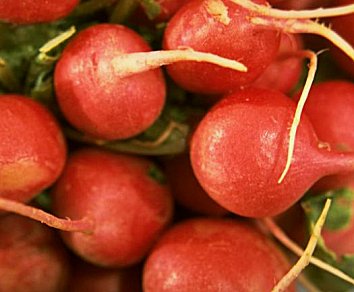Metal- and metal oxide-based nanomaterials have been shown to act as mediators of DNA damage in mammalian cells, organisms, and bacteria. The molecular mechanisms through which this occurs are poorly understood, as well as the mechanisms underlying oxidatively induced damage to DNA and its repair in plants. The existence or formation of cancer(s) in plants is negligible, but accumulation of mutagenic or cytotoxic DNA lesions can lead to genomic instability, reduced plant growth, and plant diseases.
Bryant C. Nelson, National Institute of Standards and Technology, Gaithersburg, Maryland, USA, and colleagues report that copper oxide nanoparticles (NPs) induce DNA damage in agricultural and grassland plants. CuO NPs are used as industrial catalysts in manufacturing processes and are heavily utilized in semiconductor devices, antimicrobial preparations, and heat transfer fluids. For radish (Raphanus sativus), perennial ryegrass (Lolium perenne), and annual ryegrass (Lolium rigidum) under controlled laboratory conditions significant accumulation of oxidatively modified, mutagenic DNA lesions (7,8-dihydro-8-oxoguanine; 2,6-diamino-4-hydroxy-5-formamidopyrimidine; 4,6-diamino-5-formamidopyrimidine) and strong plant growth inhibition were observed.
This is the first evidence of multiple DNA lesion formation and accumulation in plants. These findings provide impetus for future investigations on nanoparticle-mediated DNA damage and repair mechanisms in plants.
- Copper Oxide Nanoparticle Mediated DNA Damage in Terrestrial Plant Models,
Donald H. Atha, Huanhua Wang, Elijah J. Petersen, Danielle Cleveland, R. David Holbrook, Pawel Jaruga, Miral Dizdaroglu, Baoshan Xing, Bryant C. Nelson,
Environ. Sci. Technol. 2012.
DOI: 10.1021/es202660k



